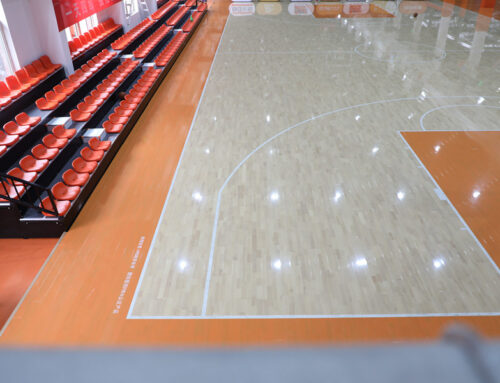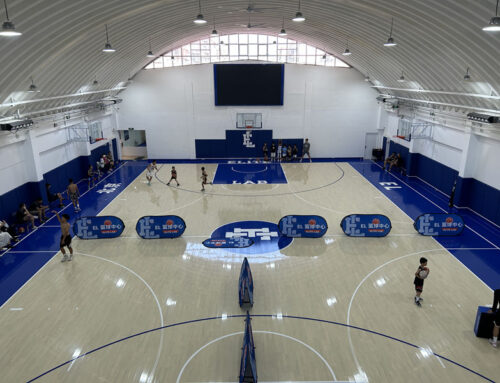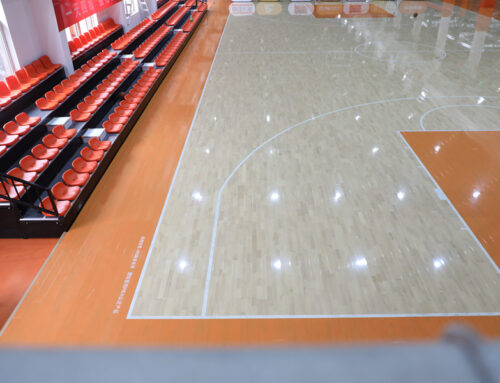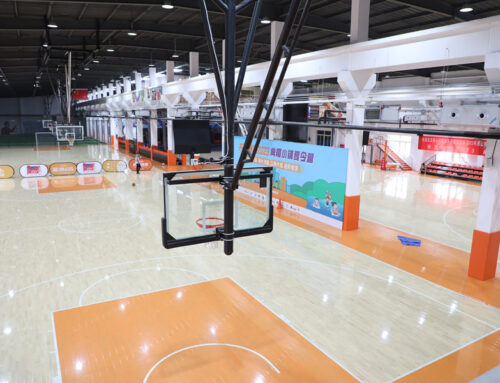Okay so picture this: my neighbor’s kid loves volleyball, right? They’re setting up tournaments in their backyard every weekend now summer’s here. But that grass? Total mess. Ball bounces like a drunken rabbit on meth, ankles twisting left and right. Annoying.
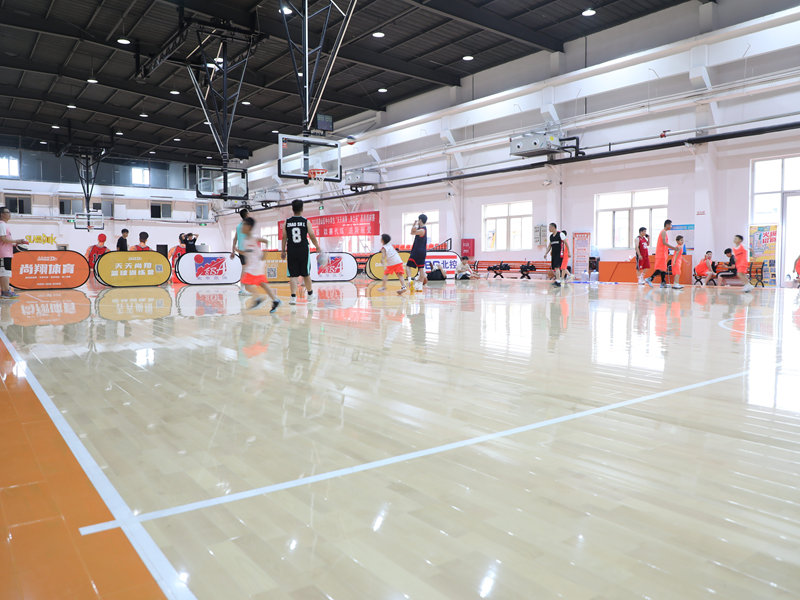
They asked me last month: “Hey, know any way to get a stable court back here without like, pouring concrete?” Concrete’s expensive, messy, and permanent. Nah. Needed something solid, portable, and cheap. My garage brain kicked in. Wood!
The Idea Phase (Where I Probably Underestimated Everything)
Figured it’d be simple. Buy wood, cut it, screw it together. Portable court! Easy peasy. First mistake. Grabbed a bunch of 2x4s and some half-inch plywood boards from the big orange store. Thinking small panels, like maybe 4ft by 4ft squares. Manageable.
Didn’t think about:
- Weight: Holy cow, plywood + framing adds up fast. A single panel felt like lifting a dead horse.
- Stability: Just sitting on grass? Panel rocked like a boat even if you breathed on it.
- Joining Panels: How the heck do you connect them solidly? Duct tape? Sounded dumb even in my head.
Building Prototype Mark I (The Wobbly Mess)
Started anyway. Cut the 2x4s to make frames for each plywood sheet. Screwed the plywood onto the frames. Made four panels. Done! Hauled ’em out back.
Threw them down on the grass. Disaster.
- Slightest bump between panels felt like tripping over a curb.
- Step near the edge? Whole panel tipped. Kid almost ate dirt.
- The grass underneath wasn’t perfectly flat. Panels wobbled like crazy.
“Portable”? Sure. “Solid” and providing a “fixed” surface for volleyball? Not a chance. Sucked big time. Felt like I wasted a weekend.
Back to the Garage – Fixing the Flubs
Needed:
1. Better Leveling: Forget relying on the ground. Added adjustable feet. Got some heavy-duty furniture levelers – big metal screw things.
2. Solid Locking: Borrowed an idea from portable stage floors. Cut notches on the long sides of the frames. Made connecting plates with handles. Flip the handle down, locks panels tight side-by-side. Flip up, unlock to move.
3. Lighter, Stronger Build: Dumb 2x4s. Way overkill for frames. Switched to sturdy 1x4s for the sides of the frames. Lighter wood, same strength.
4. Surface Treatment: Bare plywood? Rain = ruined. Sprayed multiple coats of tough deck sealant. Added a light texture paint mix for grip too.
Building Version Mark II (The “Finally Works!” Edition)
Redid all four panels:
1. Built the lighter frames.
2. Attached the plywood tops.
3. Pre-drilled holes, mounted four leveling feet per panel, one near each corner.
4. Installed the locking plates on the long sides.
5. Sealed and painted like crazy, letting it dry fully between coats.
Field Test Time (Holding My Breath)
Dragged the new panels out. Way easier to carry. Dropped them roughly in place.
Step 1: Knocked the lock plates into the notches on the panel next door.
Step 2: Cranked down the leveling feet on each panel until everything felt stable. Had a carpenter’s level out making sure it wasn’t leaning.
Step 3: Flip the locking handles down. CLUNK. Solid sound. Gave it a stomp test. No wiggle.
Kids came out, set up the net over it, and actually started playing. Jumping, landing, diving (they’re crazy). Panels stayed locked. Surface felt good under feet. Ball bounced true! No twisted ankles reported.
The lock handles flipped up easy when they finished. Unscrewed the feet enough to lift the panels, stacked ’em and hauled ’em to the garage. Took maybe 15 mins to set up and 10 to pack away? Success.
What I Learned (Besides Swearing More)
- Portable doesn’t mean flimsy. Needs solid connections.
- Leveling is non-negotiable. Can’t trust the ground.
- Weight matters for frequent setup. Lighter framing is key.
- Protect that surface! Weatherproofing is mandatory.
Got a bunch of backyard volleyball happening now. Still holding strong. My neighbor owes me a lifetime supply of barbecue. Feels good.

